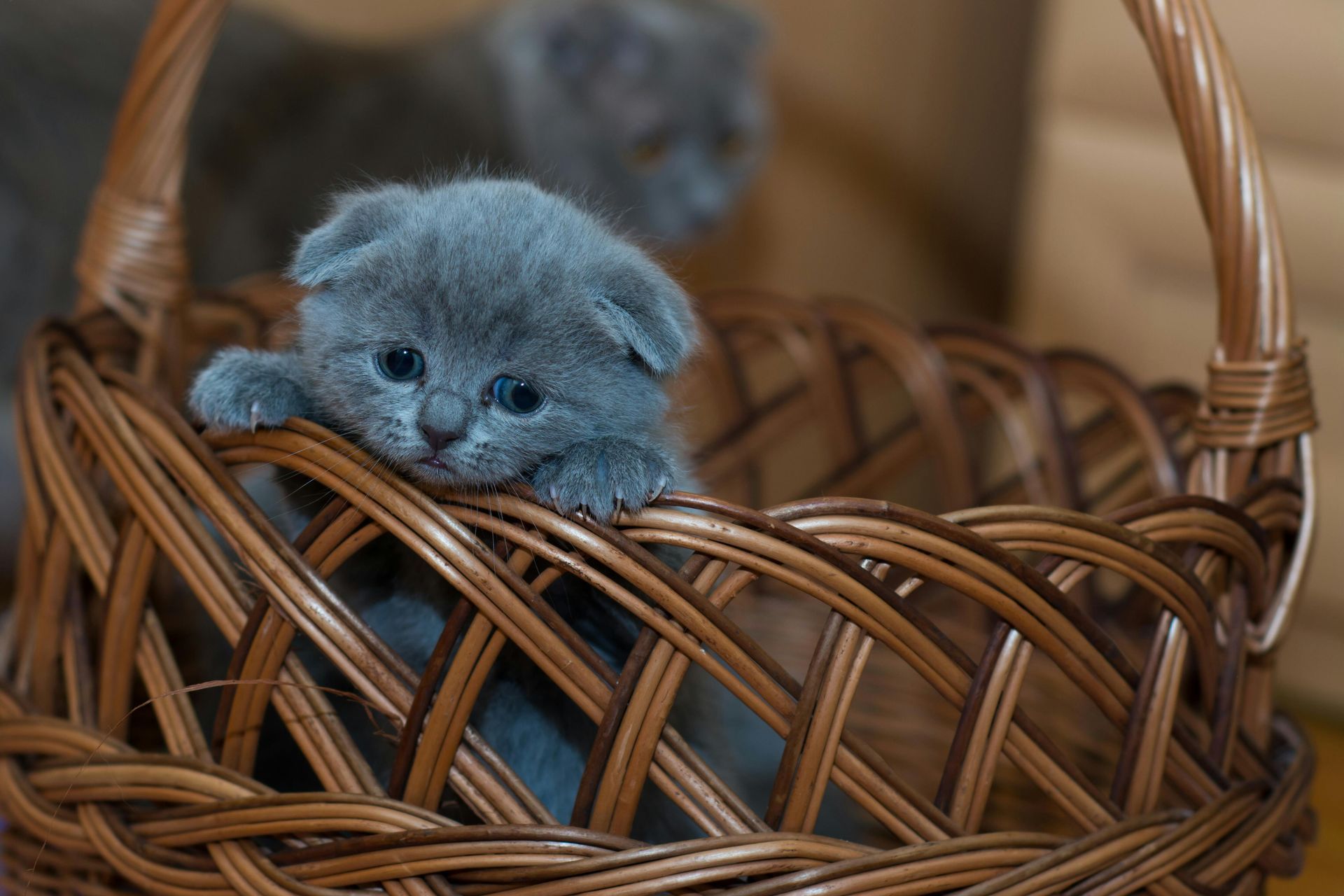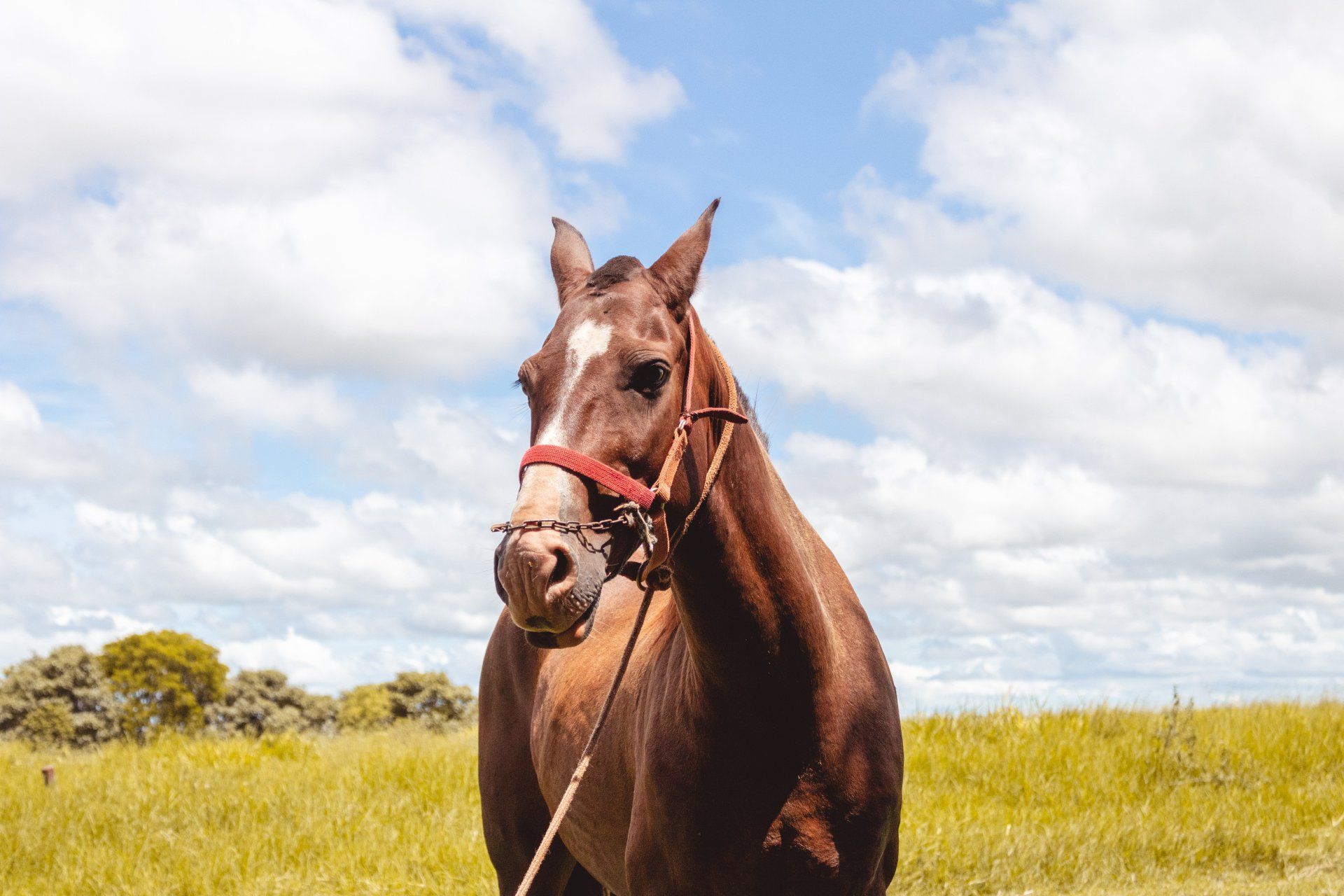Tips for Winter Horse Care
Winter Horse Care
In Northeast Ohio, winters can be rough. The Ohio counties of Summit, Stark, Wayne, Holmes and Tuscarawas counties can have some nasty stretched of winter. These winters can produce bitterly cold temperatures, heavy snow, rain, ice and other conditions that present challenges to outdoors animals of all sizes and species. While we have some articles that highlight our companion pets, we feel that it is important to focus on our equine friends. We help horses ranging from Wooster to Massillon, Creston to Winesburg and many points in between. Horses are well adapted to live outside, even in the colder temperatures that we see during Ohio winters. The care for your horse does change with the seasons. Here are some guidelines to help with horse care during these winter months.
Shelter
There are many types of shelter for horses and livestock. These vary from a nice stall to a simple lean to. It is important to provide an area that is out of the wind and out of the rain. We recommend a three sided shelter with a roof. Most of these small shelters in Ohio face toward the east, as our predominant winds tend to come from the north and the west. Horse can even seek refuge from the wind by ducking in behind trees and other obstacles, such as bushes and even round bales. The shelter should be large enough to accommodate all of your horses comfortably. In larger herds there is a pecking order, therefore more than one shelter may be required.
Blankets
Horses that are raised outside year round prepare themselves for the cold months by growing a longer hair coat. With many show horses and other pleasure horses, their hair coats are clipped to remain short or they don’t grow out their hair coats due to being inside the warmer barns. For this reason, many horse owners choose to blanket their horses during the winter months. Horses that don't have enough access to shelter also benefit from a proper turnout blanket during inclement weather.
As noted above, make certain that your horse is clean and dry before applying a blanket. There are various sizes and weights of blankets. Some are rated at 40 degrees, whereas thicker blanket are required for sub-zero temperatures. Keep in mind that a turnout blanket is water proof/ water resistant and a stable blanket is not. This is important for horses that are turned out. A stable blanket will get soaked if placed on a horse that is out in the rain or snow.
It is a good idea to check the blankets over periodically. Check for rips and other damage once a week. It is also recommended to double check all snaps and fittings to make sure that they are in good repair and in good order.
Mud, Mud Everywhere
Frozen ground is nice, but there are days where mud is a big issue on every farm in the Wayne county area. Ohio is known for our freeze-thaw cycles, heavy snow and variable amounts of rain. Areas that tend to be muddy include around water sources, around feeders and near gates. We advise keeping horses inside if there is not an adequate area form them to get out of these muddy regions. In general, horses will avoid these muddy areas for prolonged periods of time, but only if provided with adequate space for the number of animals.
Obviously, this mud can build up on your horse’s legs and inside their hooves. This excess mud can lead to bacterial and fungal infections such as “scratches” and “mud fever” and should be removed as soon as possible. We recommend “picking” your horses feet out at least twice a day.
Ice
Just like humans, horses can slip on icy patches. It helps to sprinkle these areas with sand or gravel to provide extra traction. These areas can also be broken up with a shovel, a spade, or any other tool that is suited to this task. If you have an extremely icy area, we recommend fencing that area off to prevent access.
As with the mud issue above, ice should not be allowed to build up on your horse’s hooves or lower legs. Again, “picking” the hooves twice a day will help to prevent issues. Always check for small lacerations on the lower legs that are often caused by ice in the field.
Feed Modification
When we talk about metabolic rate and basic needs, the average horse requires roughly 2% of his body weight in feed per day. Some horses will require more, including stallions, pregnant mares and some older horses. A 1,000 horse will eat about 20 pounds of hay per day (the average square bale is roughly 40 pounds, but varies depending upon the type of hay and the density.) During the colder temperatures, horses need a larger amount of hay because their body has the increased demand for energy to keep warm. The same 1,000 horse may need 30 or 35 pounds of hay per day during extreme cold.
Horses are hindgut fermenters. This means that a large amount of digestion takes place in the intestinal tract, which is highly modified to accommodate their dietary needs. Fiber digestion results in excess energy production (energy equals heat). So when bad whether comes, your horse will benefit from additional hay meals throughout the day.
It is actually recommended to feed low nutrient grass hay during the winter months. The reason for this is that the increased amount of hay will not result in extra calories. By utilizing the low nutrient grass hay, the bacteria in the digestive tract are forced to work harder. This results in excess heat production, keeping your horse warm.
Water
One potential problem that could develop with the increase in hay consumption is the risk for impaction colic. The most important prevention for this is simple water. We advise checking the water sources several times per day to make certain that they are not frozen. Heated water sources are best, but even these can fail. The heated water also provides the horse with a little extra internal warmth.
Salt
We recommend free choice access to trace mineral salts. These can be in the form of additives and/ or salt blocks or bricks. The trace minerals are important, as our grasses in hays in Ohio are deficient in vitamin E and selenium. The trace minerals help to balance out these deficiencies, and the salt helps to increase water intake.
Other considerations
There are a few things that are easy to do, but often forgotten during the winter months. If you are riding your horse, or using him for work, plan for a little extra time for proper care. One easy thing to do is to warm the bits prior to placing them in your horse’s mouth. You can either warm the bit in your car, in a heated tack room or place it inside your jacket. Once it is not cold to the touch, it is warm enough.
Any horse that has been worked to the point of sweating, should be dried as soon as possible. Once the horse is dry, fluff up his or her haircoat. A blanket can then be placed on your horse, but only after he is completely dry. A thick, bulky coat will actually hold moisture, rather than keeping a wet horse warm.
Summary
- Feed a grass based forage to help with heat production
- Provide adequate, fresh, warm water and trace minerals
- Keep your horses well groomed, including extra hoof care.
- Be certain to provide shelter and protection from the wind and rain.
- Keep areas free of ice and avoid those muddy areas when possible.
Click HERE for a link to our cold weather article for other pets.












